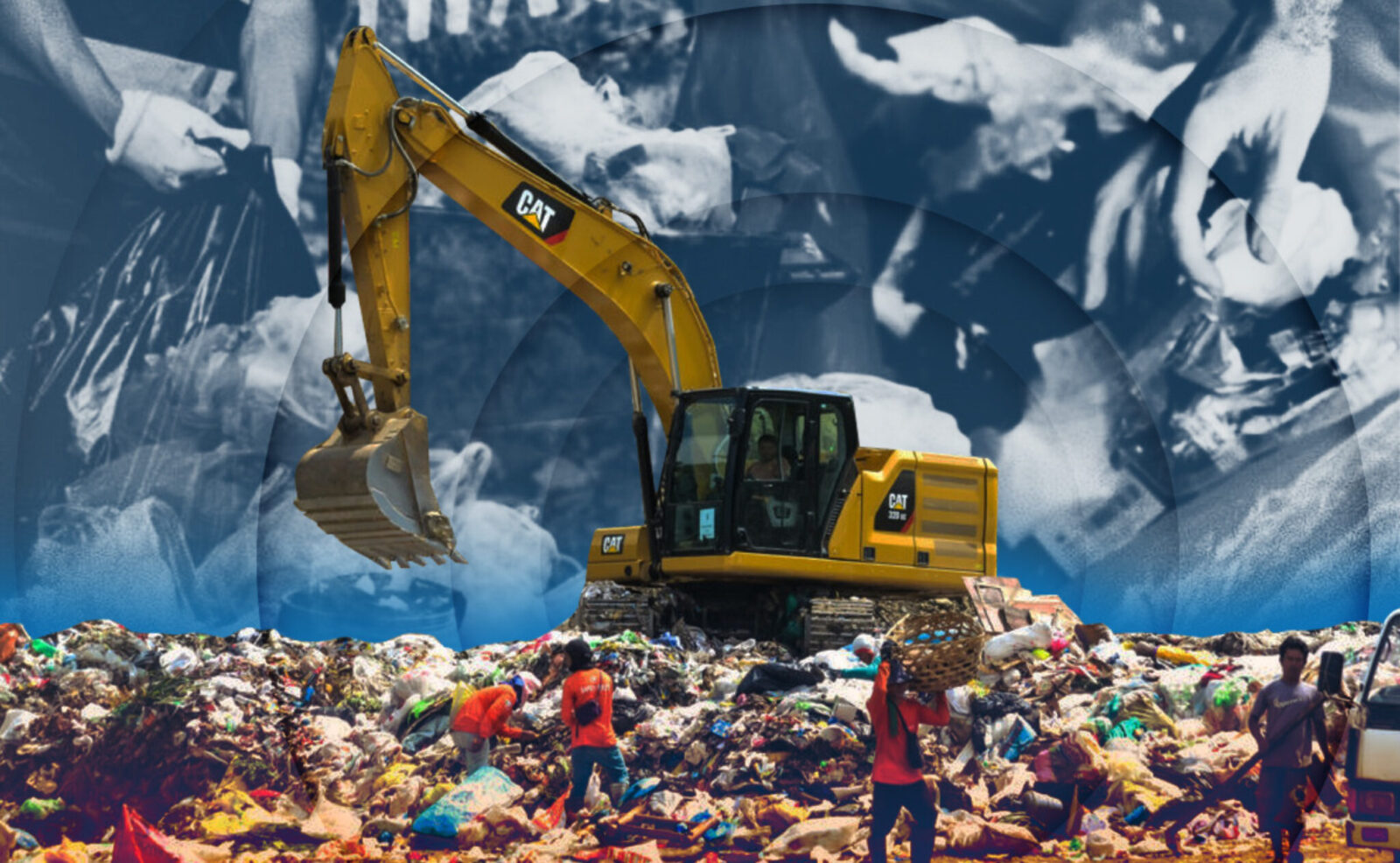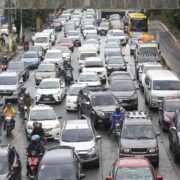PH generating more hazardous waste faster than gov’t can build disposal sites, says PSA

Hazardous garbage produced in the Philippines in 2024 grew faster than the waste management system meant to handle it, making it more urgent for the government to invest more in necessary infrastructure.
Latest data from the Philippine Statistics Authority (PSA) showed the country generated 269,552 tons of hazardous waste (garbage that is harmful to health or the environment) like oil and toxic chemicals last year, up by 13 percent year-on-year.
Though one of the lowest volumes recorded based on data dating back to 2015, hazardous waste still piled up faster than the government could build disposal facilities. The number of material recovery facilities nationwide was at 12,855 in 2024, representing an 8.7-percent increase from the preceding year’s 11,823.
State statisticians reported that the number of sanitary landfills went up to 343, up by 14.7 percent year-on-year. But the number of reported illegal dumps also increased at a much faster rate of 84 percent, reaching 79 compared to 43 in 2023.
Take-make-waste
By region, Calabarzon (Cavite, Laguna, Batangas, Rizal and Quezon) generated 114,988 tons of hazardous waste in 2024, accounting for 43 percent of the total volume.
“The increasing volume of overall waste—whether hazardous or not—is the product of a linear take-make-waste system and businesses’ continued dependence on single-use products and use of hazardous chemicals in products and services,” said Marian Ledesma, Greenpeace Philippines campaigner. In a take-make-waste system, products are designed for disposal, not durability or reuse.
Among the types of hazardous waste, oil was the largest at 89,752 tons, or 33.3 percent of the total generated hazardous trash in the country.
Next was miscellaneous waste at 51,765 tons, or a 19.2 percent share. Waste with inorganic chemicals stood at 39,438 tons or 14.6 percent.
Ledesma said there were ways to reduce the volume of waste, such as phasing out single-use plastics and other common disposable products, banning commercial use of harmful chemical groups in products, regulating hazardous chemicals and strictly enforcing segregation at source.
“The latter is especially crucial to reduce organic waste from going to landfills and to avoid hazardous and organic waste from contaminating other types of waste. Phaseouts or bans of single-use products and packaging, on the other hand, can prevent waste generation altogether,” she added.

















